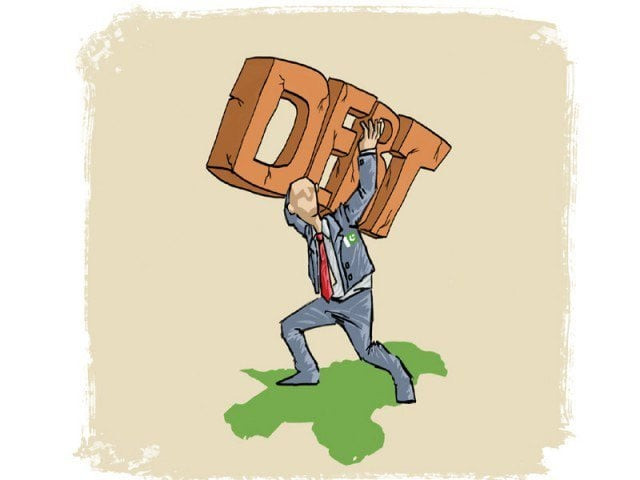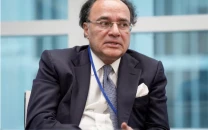Circular debt grows by Rs498b in FY21
Govt plans to reduce debt by increasing power tariffs and addressing inefficiencies

The government added Rs498 billion to the flow of circular debt in the last fiscal year due to less provision of subsidies against commitments and increased cost of inefficiencies, showed documents of the energy ministry.
However, the government claimed adding a net Rs177 billion in the circular debt in fiscal year 2020-21 that ended on Wednesday on back of increase in electricity prices and reduction in the stock of the debt, according to a summary that the energy ministry submitted before the Cabinet Committee on Energy.
The continuous increase in the flow of the circular debt during the third year of the Pakistan Tehreek-e-Insaf (PTI) government is against the promises that the ruling party had made to bring the circular debt to zero by December 2020. It has now made another plan to reduce the debt, mainly by increasing electricity tariffs and also by addressing inefficiencies.
Read: Power Division directed to continue reducing circular debt
Energy Minister Hammad Azhar did not respond to the questions regarding why the government could not address power sector inefficiencies even in the third year and was it justified to take credit of the slow increase in debt that was because of increasing electricity prices instead of improving efficiency.
The government has been making efforts to improve efficiency but the power sector situation remains grim despite putting an additional burden of Rs156 billion on consumers in the past one year by increasing electricity prices, showed the summary.
The circular debt in June 2018 was Rs1.148 trillion that has jumped to Rs2.327 trillion by June 2021 - an increase of 102% or Rs1.179 trillion in three years of the PTI rule, according to the energy ministry. The ministry has added June circular debt figures on a projected basis.
In its first year, the PTI added Rs464 billion in the circular debt and in the second year another Rs538 billion were added. The energy ministry has claimed that the projected increase in the circular debt was Rs177 billion in the third year.
The Power Division presented its monthly circular debt report to CCOE that provisionally projected circular debt at Rs2.327 trillion as of June 30, 2021 on the basis of Rs90 billion payments to independent power producers (IPPs). Another Rs77 billion reduction is shown on account of retirement of Power Holding Limited debt. A major chunk that brings Rs498 billion cost down is on account of prior years’ adjustments worth Rs156 billion.
Rs498 billion break-up
In fiscal year 2020-21, the government provided Rs130 billion less in subsidies as against the requirements based on reduced rate of tariffs for various categories of consumers, according to the summary.
The government added another Rs72 billion in the circular debt on account of interest payments to the IPPs on delayed payments, which were 31% higher than the preceding year, according to the summary.
Similarly, another amount of Rs37 billion was added on account of interest paid on the Power Holding Limited loans, which were 47% less than the previous year. This is despite the fact the consumers are also paying debt servicing surcharge through their monthly bills.
There was an improvement of 82% under one head -and it is passing on the generation cost to the end consumers. As against the preceding year’s Rs270 billion, in the just ended fiscal year Rs48 billion were added under this head, which suggest significant price increase.
Read more: Total public debt stands at Rs38tr
An amount of Rs83 billion was also added in the circular debt due to non-payment by K-Electric. The power distribution companies’ uncontrolled losses added another Rs54 billion in the circular debt - up by 23% over the preceding year.
The government showed 62% improvement in recoveries but still added Rs74 billion in the circular debt due to less than targeted recoveries by the power distribution companies. The government has recently prepared a plan to reduce the circular debt but the new plan, drawn up in consultation with the International Monetary Fund (IMF), shows that the circular debt reduction will largely hinge up increasing the electricity prices.
The National Electric Power Regulatory Authority (Nepra) has approved Rs2.97 per unit increase in electricity prices, including Rs1.25 per unit on account of a new special surcharge to recover cost of inefficiencies from honest consumers.
Published in The Express Tribune, July 4th, 2021.
Like Business on Facebook, follow @TribuneBiz on Twitter to stay informed and join in the conversation.



















COMMENTS
Comments are moderated and generally will be posted if they are on-topic and not abusive.
For more information, please see our Comments FAQ